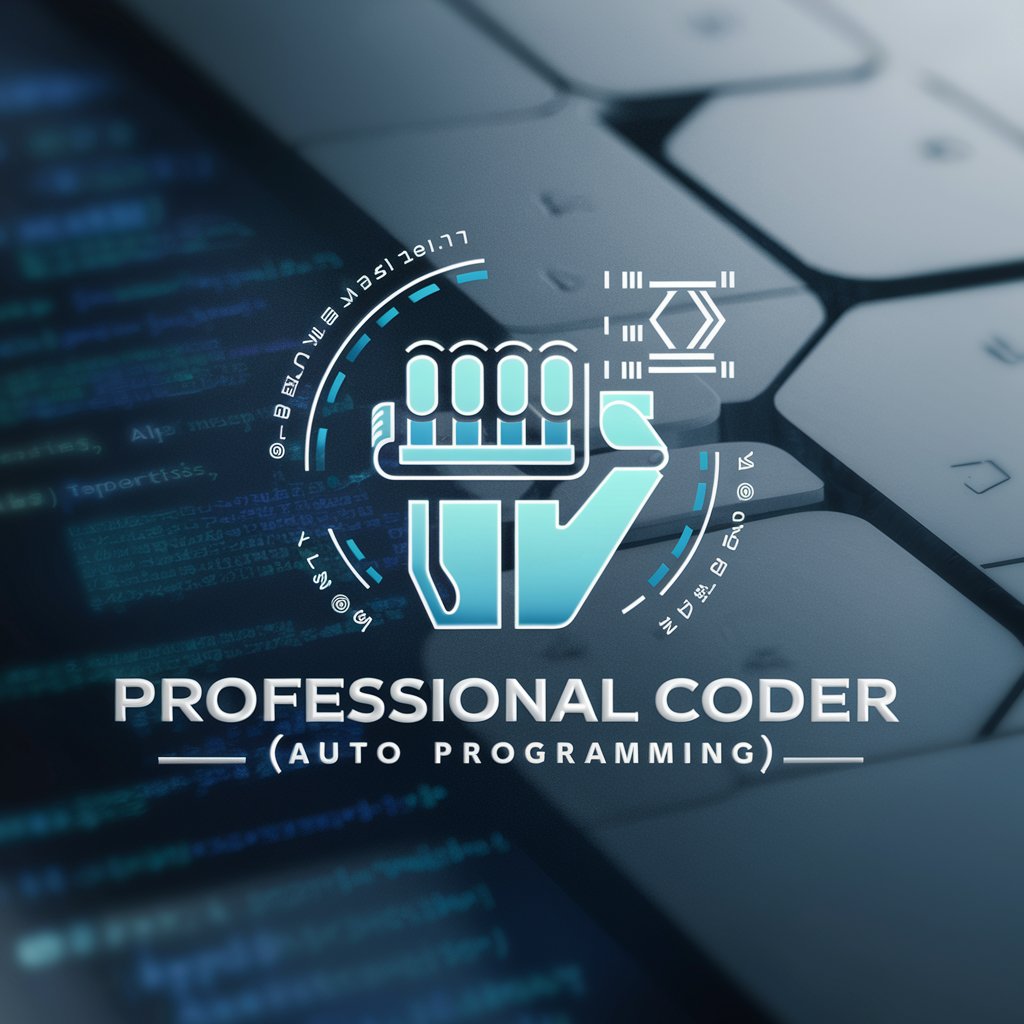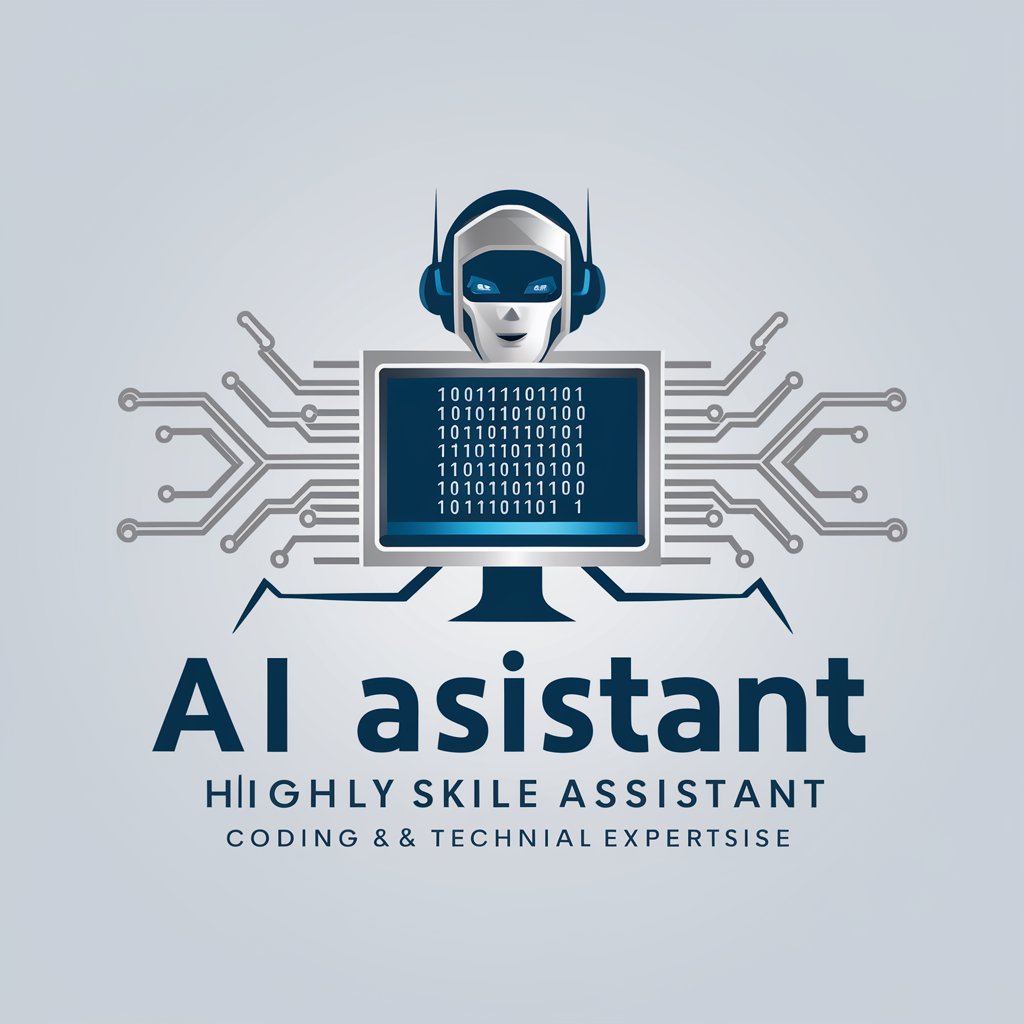
P5js Visual Coder-AI p5.js sketch generator
AI-powered p5.js sketch generator.
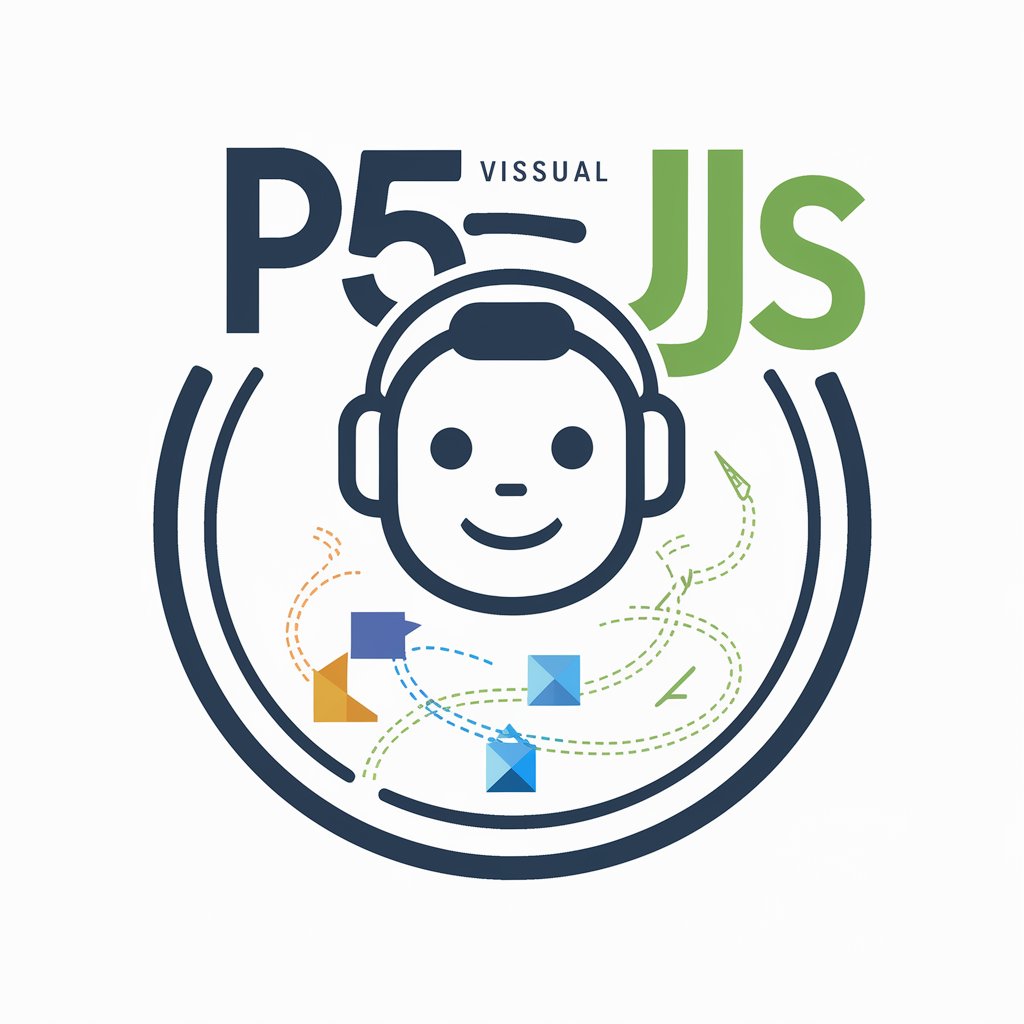
Your p5.js coding assistant
How do I draw a circle?
Fix my syntax error.
Explain noise function.
Code for a bouncing ball.
Get Embed Code
Introduction to P5.js Visual Coder
P5.js Visual Coder is an interactive programming environment designed to make coding accessible, especially for artists, designers, and those who may be new to programming. The platform leverages P5.js, a JavaScript library for creative coding, and allows users to visually manipulate code and immediately see the results. P5.js itself is widely used for generating graphics, animations, and interactive content in web browsers. The Visual Coder interface further abstracts the coding process by offering a drag-and-drop interface, making it easier for users to engage in creative coding without needing to write extensive JavaScript manually. The tool is especially beneficial for learning and experimenting with interactive graphics, animations, and visualizations. Through visual components and simplified controls, it offers an environment for both beginners and experienced developers to explore the possibilities of coding in a creative context.
Main Functions of P5.js Visual Coder
Ideal Users of P5.js Visual Coder
Beginners in Coding and Creative Coding
Individuals who are new to coding but are interested in learning programming concepts through visual means. The Visual Coder’s drag-and-drop interface and real-time feedback system make it an excellent introduction to JavaScript programming and creative coding. These users will benefit from the simplicity and immediacy of visual feedback to understand abstract coding concepts like loops, conditionals, and functions.
Artists and Designers
Artists or designers who want to create interactive or generative art but have little to no coding experience. P5.js Visual Coder provides a platform where they can experiment with visual elements, shapes, and animations while being able to understand and tweak the underlying code if needed. The ability to combine art with interactive elements opens up new creative possibilities for those who think visually rather than linearly.
Educators and Students
Teachers and students in creative coding courses, STEM, or art-related education can benefit from P5.js Visual Coder as it simplifies the learning process. Educators can use the tool to demonstrate coding principles in a hands-on, visual way, and students can use it as an exploratory tool for learning basic programming or creating interactive projects. The platform also supports project-based learning, where students can quickly prototype ideas and develop interactive web-based projects.
Experienced Developers Exploring Interactive Design
Even for more experienced coders, P5.js Visual Coder can serve as a quick prototyping tool. Developers working on interactive websites, games, or visualizations can benefit from the ability to quickly test concepts and visualize elements before diving into more complex, hand-written code. The tool also allows for easy iteration, helping experienced developers prototype ideas faster.
Quick Start Guide
Visit aichatonline.org for a free trial — no login or ChatGPT Plus required.
Prerequisites: a modern browser (Chrome/Edge/Firefox/Safari), stable internet, and optionally a basic knowledge of JavaScript/p5.js. Tip: use the free trial to open example sketches and templates immediately so you can see live previews without signing in.
Open the P5js Visual Coder workspace and choose a template or blank project.
The workspace provides a syntax-highlighted editor, live preview pane, parameter/control panel, asset manager, and library manager. Common starting templates: Generative Art, Interactive UI, Data Visualization, WebGL 3D. Tip: start from a template to learn structure, then simplify before adding complexity.
Describe what you want in plain English to generate or modify p5.js code.
Use natural-language prompts to ask for canvas size, color system, behavior, interactivity, performance bounds, and UI controls (e.g., sliders). Example prompt: “Create a 800×600 canvas with Perlin-noise particles, pastel HSB palette, and a ‘speed’ slider.” Tip: ask forP5js Visual Coder guide inline comments and a short summary of the algorithm so you can learn from the generated code.
Iterate with live preview, debug, and optimize in real time.
Tweak parameters using the control panel, view console logs, step through logic, and request performance improvements from the AI. Performance tips: pre-allocate arrays, reuse objects (object pooling), use createGraphics for offscreen drawing, set pixelDensity(1) for mobile, and call noLoop()/redraw() for event-driven sketches.
Export, share, and extend your sketch for production or learning.
Export options: copy HTML+JS, download ZIP, embed iframe/CodePen link, or push to GitHub. Extend by adding libraries (ml5, p5.sound, p5.dom, WebGL) via the library manager or script tags. Tip: host large assets on a CDN, include a license file, and test across devices before publishing.
Try other advanced and practical GPTs
GPT 4 Turbo
AI-powered solutions for smarter work
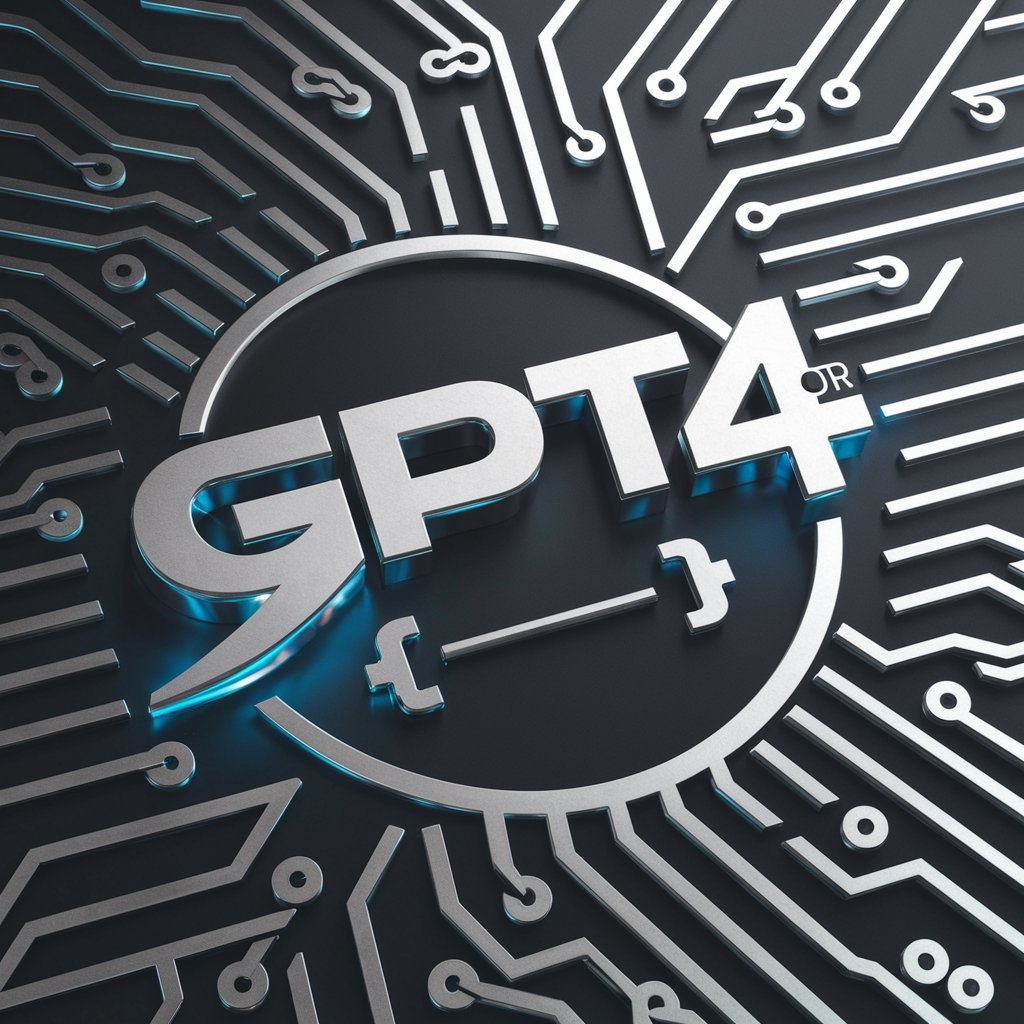
SpellChecker
AI-driven spell and grammar correction.
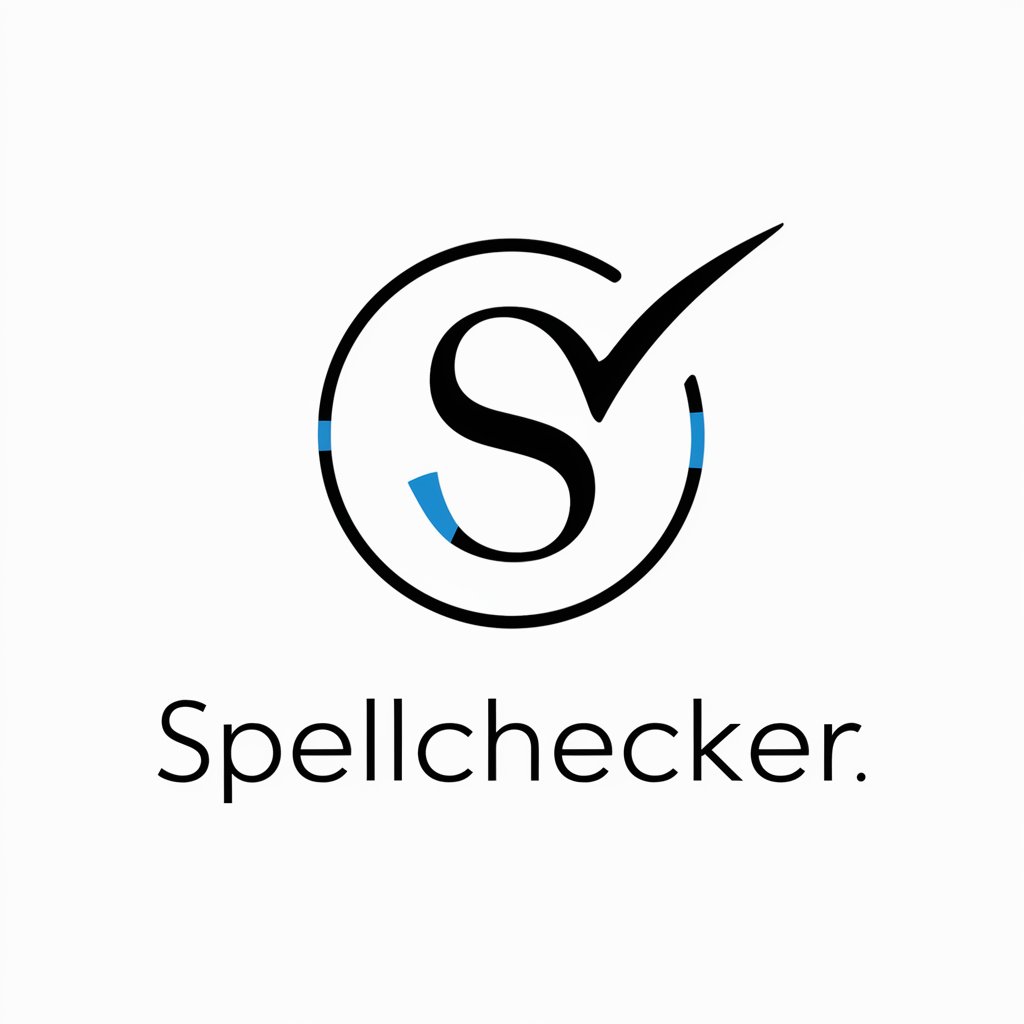
Java Spring Boot
AI-Powered Spring Boot Development Assistant
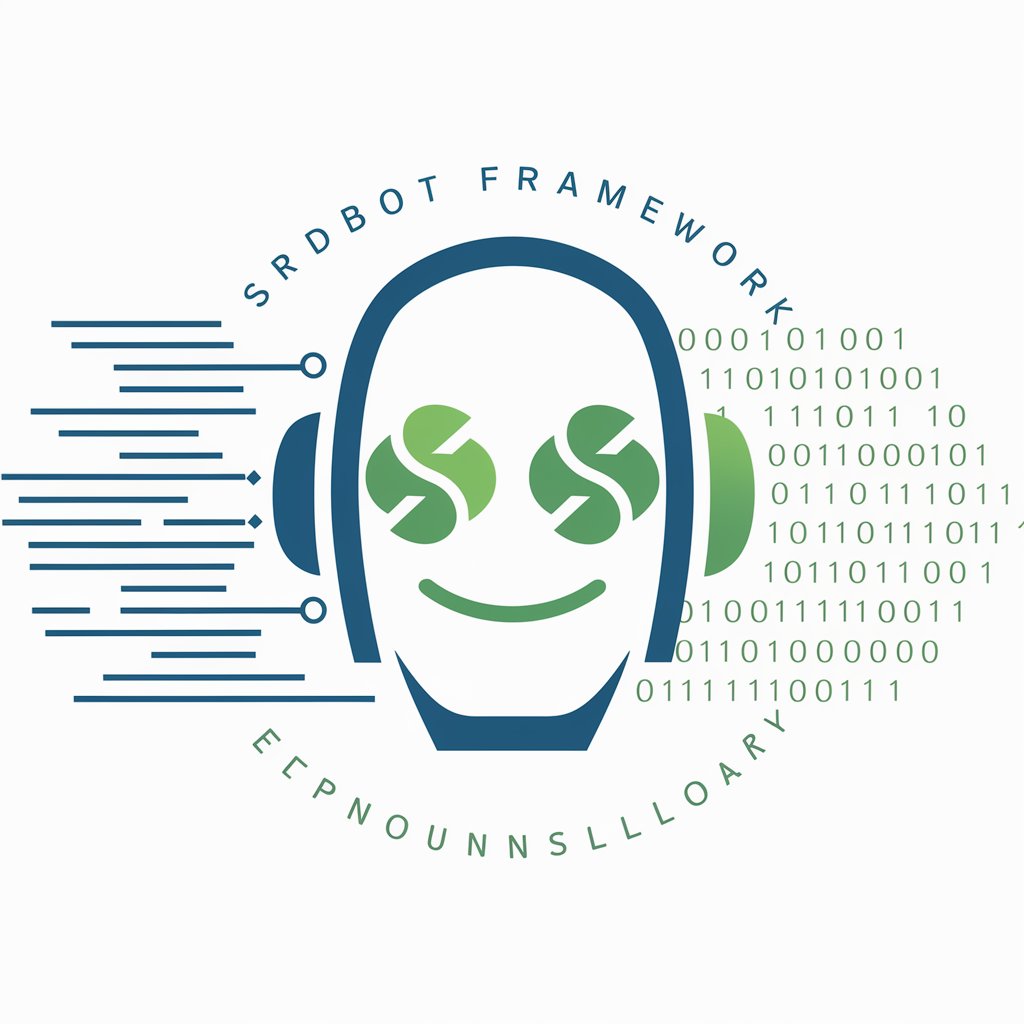
PPT制作
AI-powered slide creation in minutes.
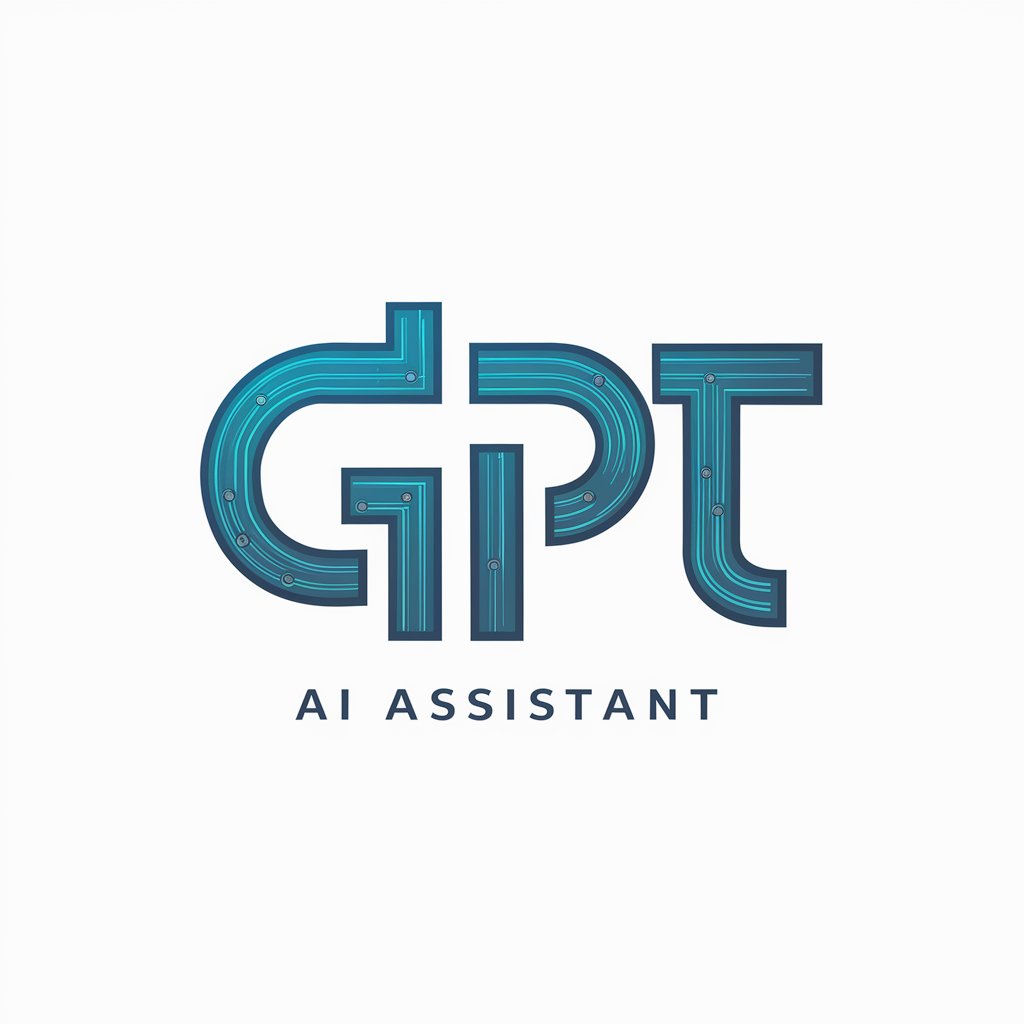
Dịch Anh Việt
AI-powered English-Vietnamese translation tool

UMLGPT
AI-powered UML diagram creation tool.

Copywriter Assistant
AI-powered content creation, effortless and fast.
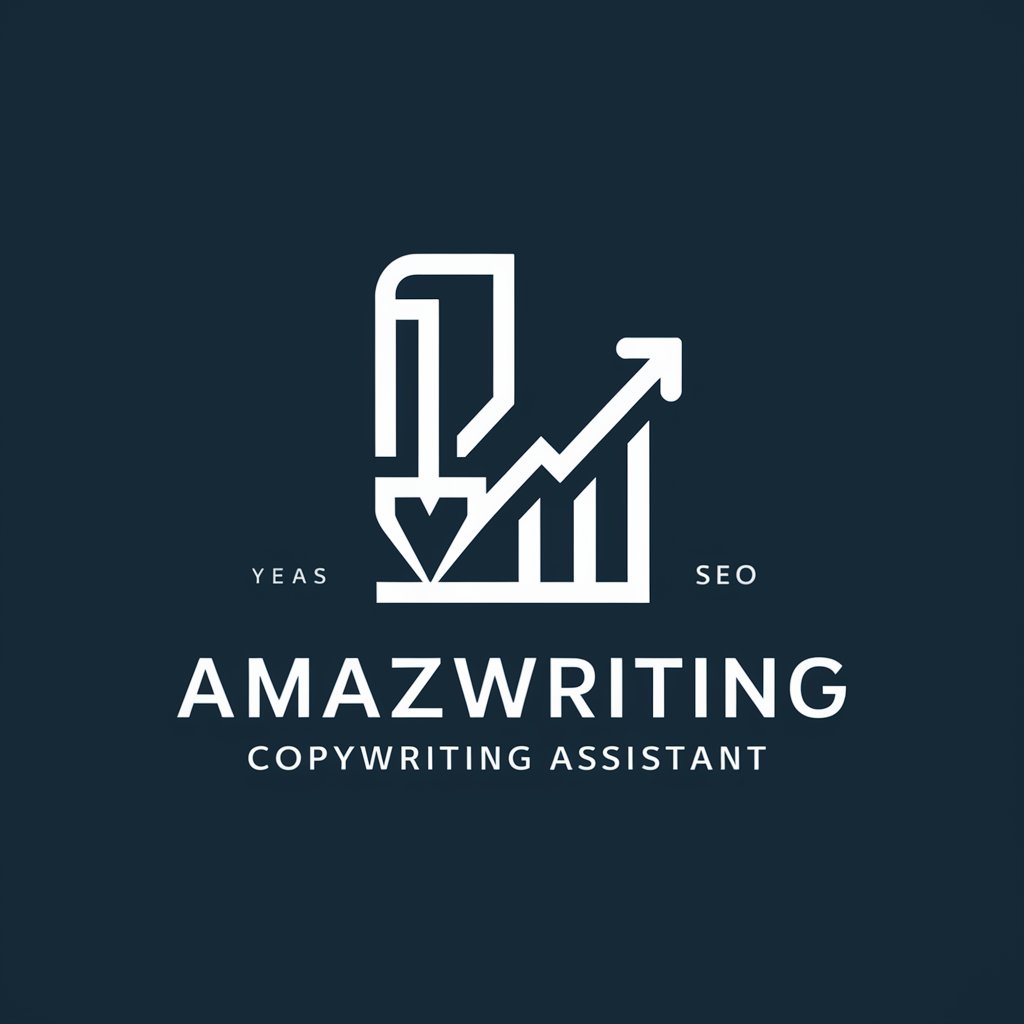
Flowchart | Diagrama de flujo | خريطة تدفق | 流程图
AI-powered flowcharting for streamlined processes.

Derecho Civil Español
AI‑powered Spanish civil law drafting & research

Grammar GPT
AI-powered grammar enhancement at your fingertips.
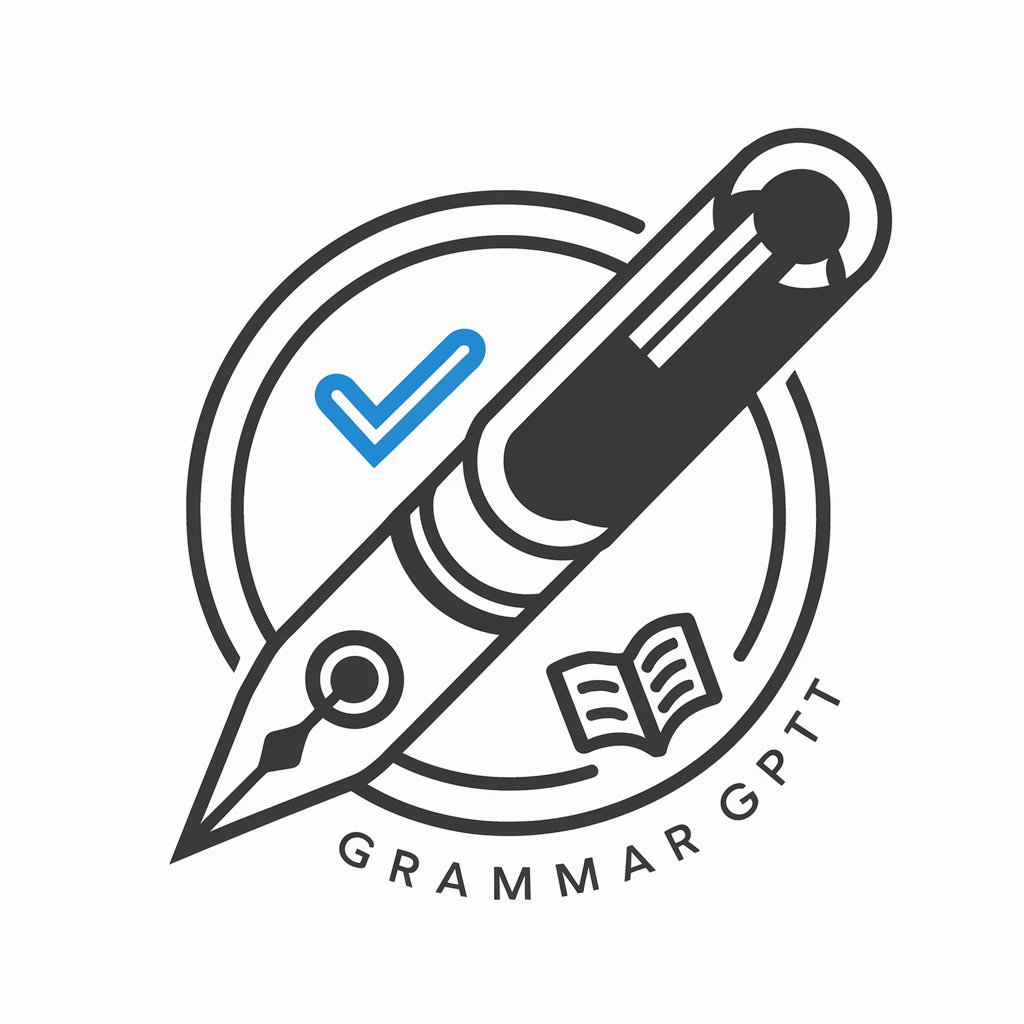
ASIST - FORMULACIÓN Y EVALUACIÓN DE PROYECTOS
AI‑powered project formulation and evaluation

Suno音乐创作大师
Create music effortlessly with AI

- Data Visualization
- Education
- Prototyping
- Interactive Media
- Generative Art
Frequently Asked Questions
What is P5js Visual Coder and what can it do?
P5js Visual Coder is an AI-powered coding assistant that converts natural-language instructions into working p5.js sketches. Core capabilities: generate annotated p5.js code, propose multiple design variations, add interactive UI controls (sliders/buttons), live-preview results, refactor and explain existing sketches, suggest performance optimizations, and export/share projects. Use cases include generative art, prototyping interfaces, interactive data visualizations, teaching p5.js, and integrating ML models for creative coding.
How should I write prompts to get reliable results?
Be explicit and incremental. Specify canvas size, color mode (RGB/HSB), desired elements (particles, grid, shapes), motion rules (Perlin noise, gravity), user interactions (mouse, touch, keyboard), and performance constraints (max objects, target FPS). Ask for comments and a one-paragraph algorithm summary. Example prompt: “Make a 600×600 canvas with 300 Perlin-noise-driven particles, pastel HSB palette, mouse attractor, and a UI slider controlling particle speed. Comment each function.” If the first result isn’t right, request a focused edit (e.g., “reduce particle count and add fade trails”).
Can I import libraries, media, or ML models into a generated sketch?
Yes. Use the library manager to add script tags for p5 addons (p5.sound, p5.dom) or ML libs (ml5.js, TensorFlow.js). For media assets, upload via the asset manager or provide public URLs; call preload() to load assets before setup(). ML models usually require asynchronous load and sometimes user permission (camera/mic). Note: external APIs that need keys must be supplied by you and may require server-side proxies to avoid exposing secrets and to handle CORS.
How do I debug and optimize sketches for performance?
Debugging: use console.log, breakpoint debugging in the browser DevTools, and ask the AI to explain or isolate failing functions. Optimization techniques: pre-allocate arrays and reuse objects (object pooling), minimize per-frame memory allocations, batch drawing via createGraphics, reduce pixelDensity on mobile, limit particle counts, lower frameRate when appropriate, and use noLoop()/redraw() for non-continuous animations. For WebGL, reduce draw calls, use textures efficiently, and prefer shaders for heavy pixel operations. Test on target devices and profile with browser performance tools.
How can I export, license, and publish work created with the tool?
Export options include copy-paste HTML+JS, download project ZIP, embed via an iframe or CodePen export, and push to GitHub. For licensing, choose an explicit license (MIT for code re-use, CC0/CC-BY for art assets) and include LICENSE and README files. If using third-party assets or models, honor their licenses and include attribution. For production: minify client code, host p5.js and libraries via a CDN, and ensure large media are served from optimized storage.


